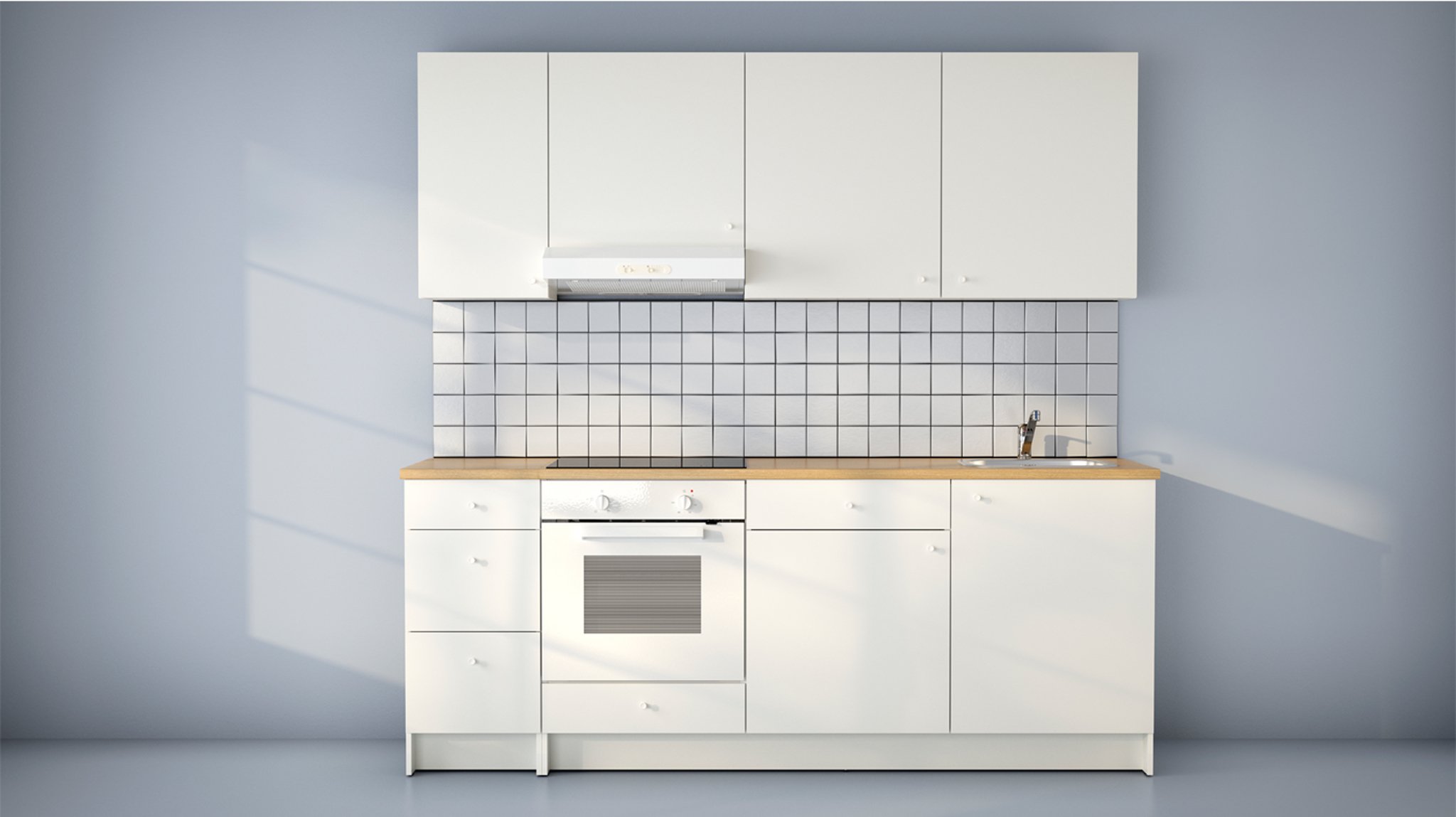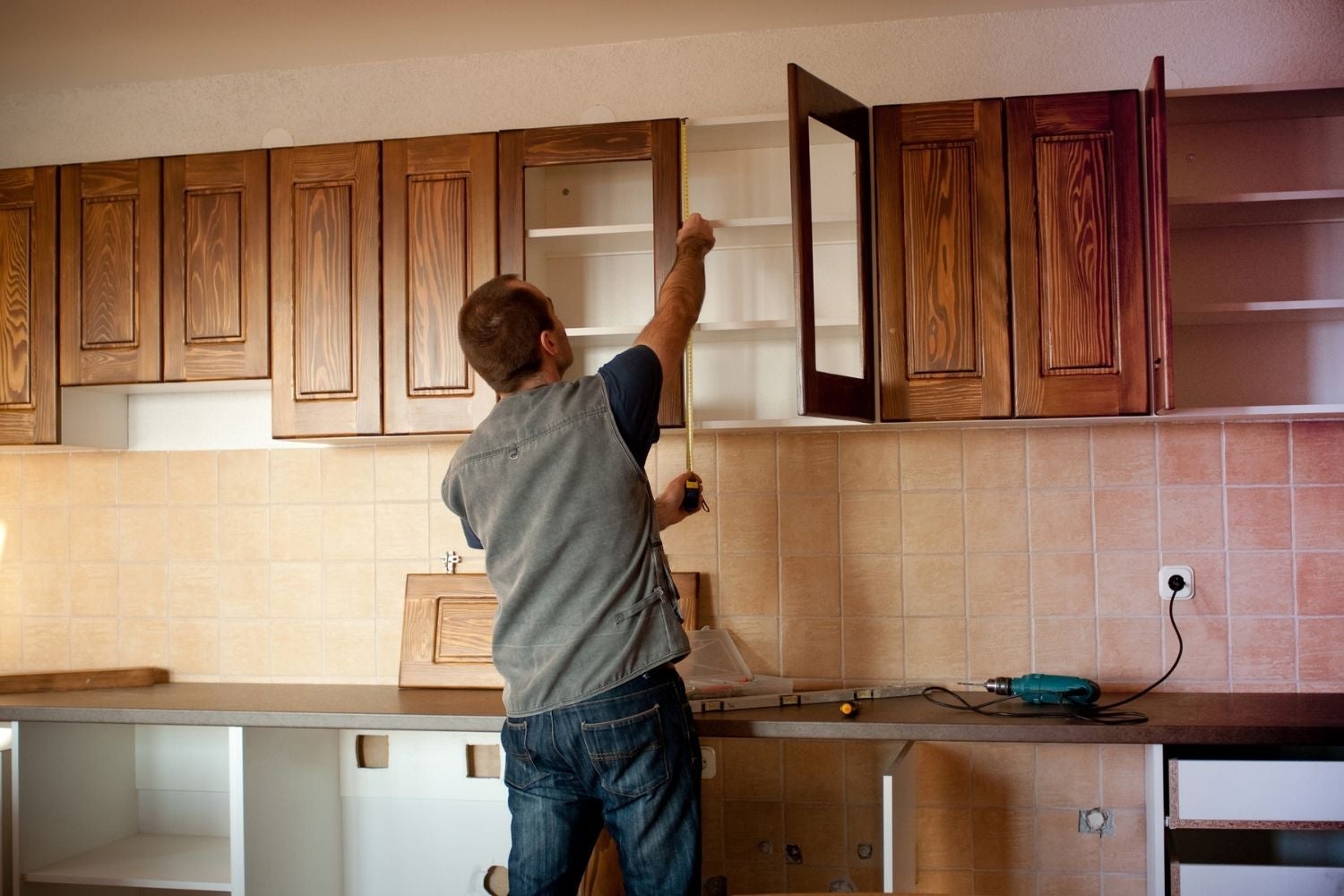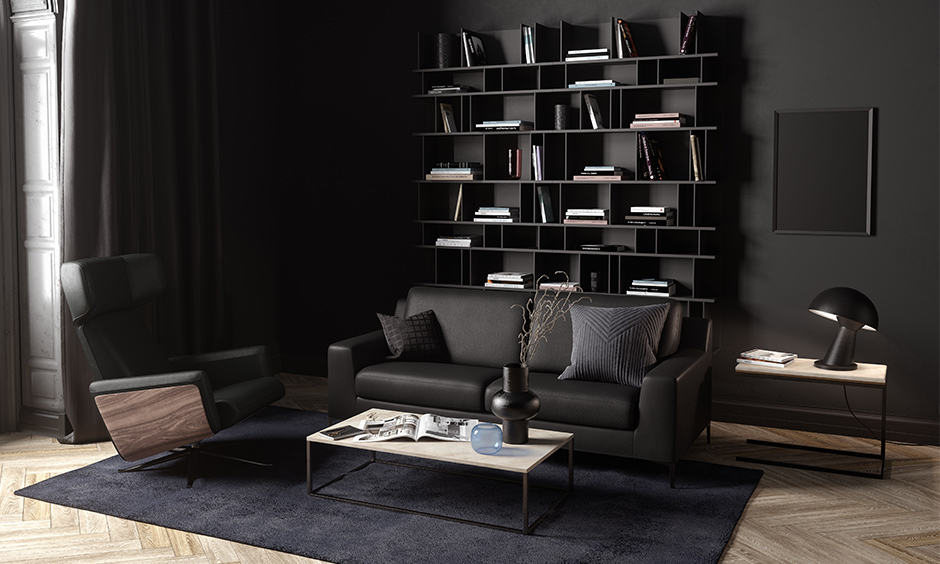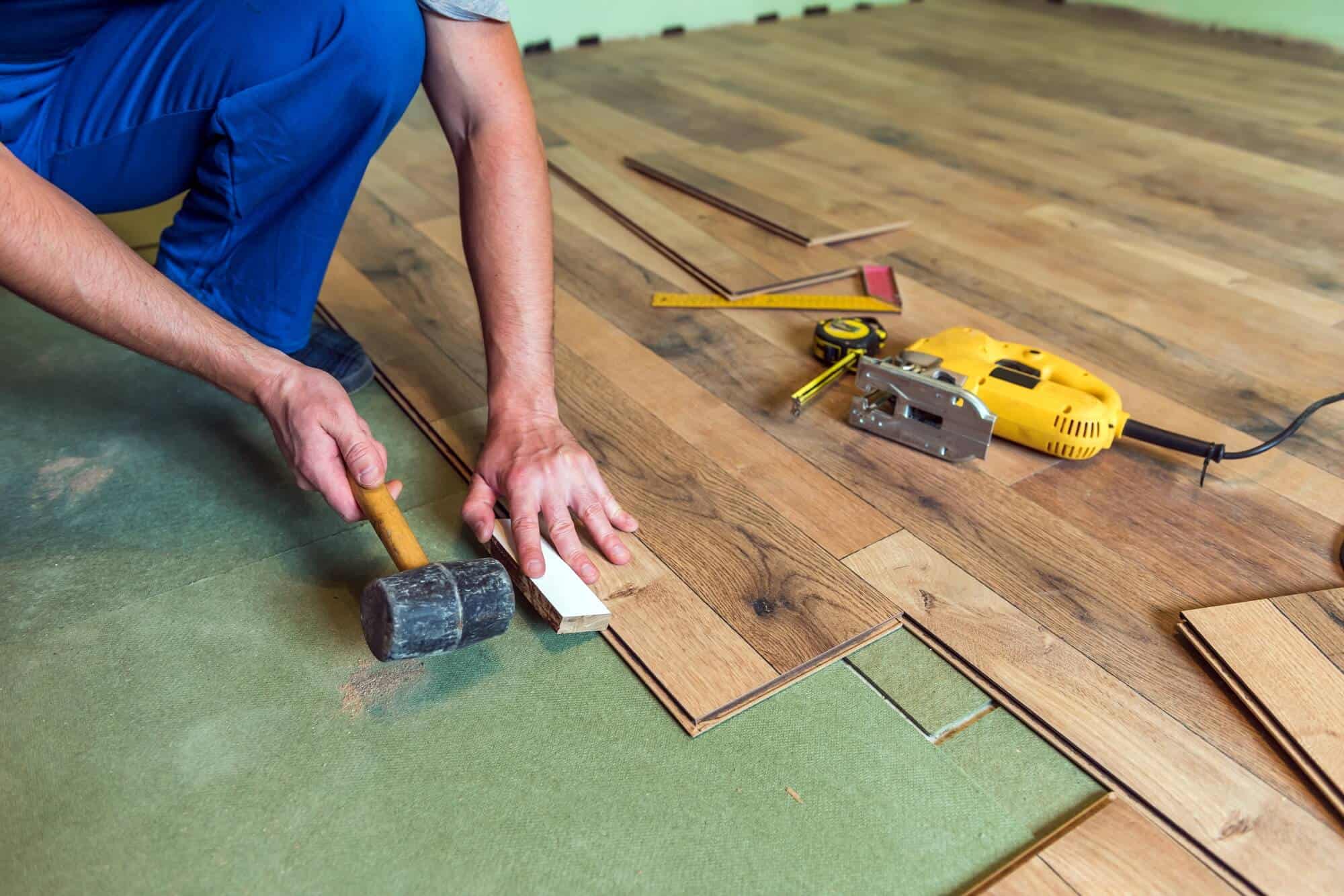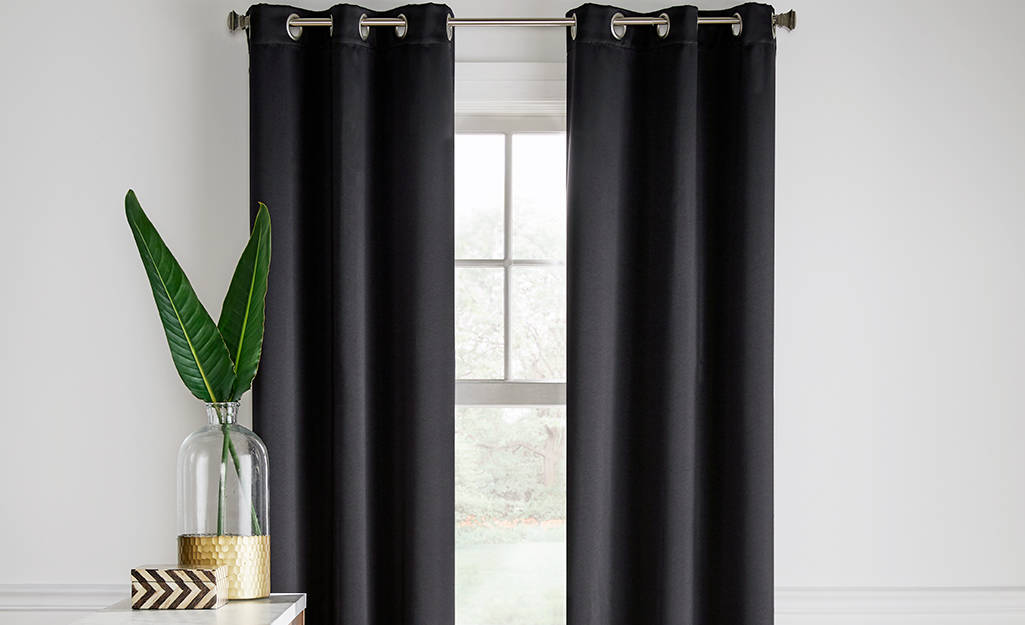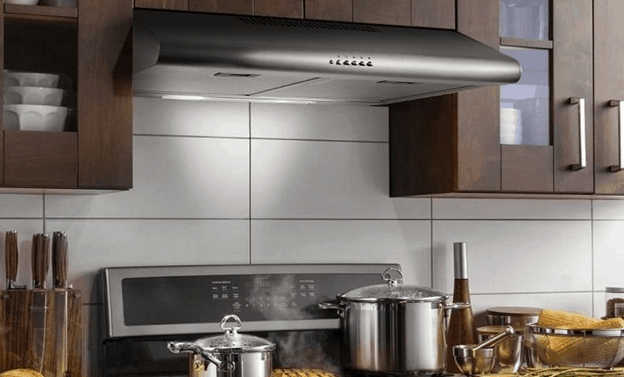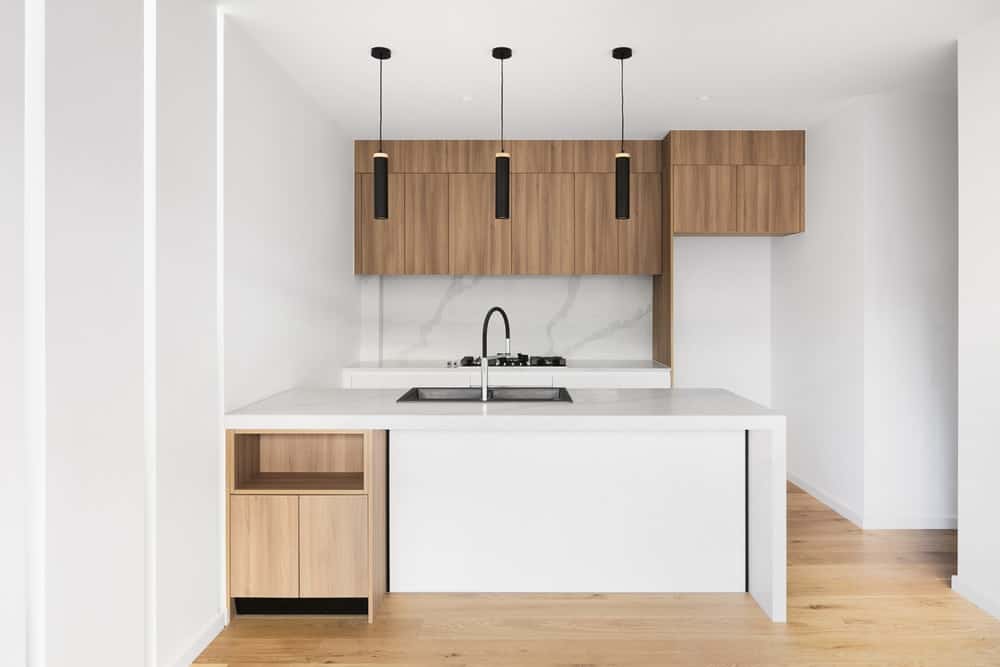In an era where urban living spaces are shrinking and minimalist lifestyles are rising, the demand for compact kitchen units has surged. These innovative space-saving solutions are revolutionizing how we think about kitchens, allowing homeowners and renters to optimize their limited space without compromising functionality or style. In this article, we will explore compact kitchen units’ benefits, features, and design possibilities and why they have become an increasingly prevalent choice for modern living.
What Is a Compact Kitchen Unit?
A compact kitchen unit is a self-contained, modular, space-efficient, portable kitchen appliance. It usually includes a sink, a stove or hotplate, a refrigerator, and storage cabinets, all built into one compact unit.
Image Credits: thespruce.com
Compact kitchen units are typically found in a small apartment, a studio apartment, a dormitory, and other spaces with limited room for a full-sized kitchen. They can also be used in outdoor living spaces like tiny houses or cabins.
Compact kitchen units can be designed with various features and styles to suit different preferences. Some units may have built-in microwaves or dishwashers, while others may have a more minimalist design with only basic appliances. They can also come in various finishes, such as stainless steel, wood, or laminate, to match the space’s decor.
Why Should You Opt for Kitchen Units?
Compact kitchen units can offer several advantages, including:
1. Maximizing Limited Space
Compact kitchen units are designed to maximize limited space, making them ideal for apartments, small homes, studios, and even tiny houses.
Image Credits: tinyhousedesign.com
By integrating multiple kitchen appliances, storage options, and work surfaces into a single unit, these designs eliminate the need for ample counter space and separate installations. They condense all the essential components of a kitchen into a compact and highly efficient package, saving valuable square footage.
2. Multifunctionality and Versatility
One of the key advantages of compact kitchen units is their multi-functionality. These units typically incorporate a range of appliances, such as a sink, cooktop, refrigerator, oven, and dishwasher, into a single module.
Image Credits: homedesigning.com
With clever design features, they optimize space utilization without compromising performance. Additionally, they can be customized to suit individual needs, with options to include additional features like microwaves, wine coolers, or even built-in coffee machines. This versatility lets users personalize their compact kitchen unit according to their culinary preferences.
3. Efficiency and Ergonomics
Compact kitchen units are designed with efficiency and ergonomics in mind. Every element is strategically placed to ensure optimal workflow and ease of use. The layout is often organized to minimize movement between different workstations, ensuring everything is within easy reach.
Image Credits: archiexpo.com
For instance, the sink, cooktop, and refrigerator are typically placed in close proximity, forming a compact “work triangle” triangle to enhance efficiency during meal preparation. These thoughtfully arranged components streamline cooking processes and reduce unnecessary steps, making the most of limited space.
4. Sleek and Modern Design
Gone are the days when compact kitchen units were purely functional and lacked aesthetic appeal. Today, these units come in sleek and modern designs, allowing style-conscious homeowners to express their individuality.
Image Credits: homedesigning.com
From minimalist and contemporary to retro and industrial, compact kitchen units are available in various finishes, materials, and colors, allowing seamless integration into different interior design themes. With customizable options, homeowners can select features and finishes that suit their taste and complement their living space.
5. Additional Storage Solutions
Storage is often a significant concern in small kitchens. However, compact kitchen units address this challenge effectively. These units have ample storage options, such as cabinets, drawers, shelves, and overhead compartments.
Image Credits; hgtv.com
With cleverly designed organizers and adjustable shelving, they offer practical solutions for storing utensils, pots and pans, food items, and other kitchen essentials. Compact kitchen units help keep the space clutter-free and organized by incorporating storage into the overall design.
6. Environmental Sustainability
Compact kitchen units are also contributing to sustainable living. Their smaller footprint requires less energy for heating and cooling, making them more energy-efficient than traditional kitchens. Furthermore, many compact kitchen units are designed with eco-friendly materials and appliances that conserve water and reduce energy consumption. These units can also be integrated with smart home technology, allowing users to remotely monitor and control their kitchen appliances, optimizing energy usage.
Disadvantages of Compact Kitchen Units
Compact kitchen units, mini kitchens, or all-in-one kitchenettes are designed to occupy small spaces and provide basic kitchen functionality. While they offer convenience and space-saving benefits, they also have disadvantages you should consider before purchasing or using them. Here are a few:
Limited functionality: Compact kitchen units are designed to be small and typically have limited features and functions. You may need help to cook complex meals or use specialized appliances.
Limited storage: Compact kitchen units have limited storage space due to their small size. This makes it harder to keep your cooking and kitchen essentials organized and within reach.
Image Credits: bhg.com
Lower-quality appliances: Many compact kitchen units have lower-quality appliances and fixtures, prone to breakdowns and requiring more frequent repairs.
Higher price per square foot: Compact kitchen units can be more costly per square foot than larger kitchens due to the specialized design and materials required to make them functional.
Difficulty in cleaning: The small size of compact kitchen units can make them difficult to clean, particularly in hard-to-reach areas.
Not suitable for large families: Compact kitchen units are designed for small spaces and may not suit larger families or those who enjoy cooking and entertaining frequently.
What Size Is a Compact Kitchen?
Image Credits: johnstrand.co.uk
Compact kitchen units can vary in size depending on the specific model and manufacturer. However, the most common sizes for compact kitchen units are:
Width: 30 to 36 inches
Depth: 24 to 30 inches
Height: 72 to 76 inches
However, remember that these are general guidelines, and the exact size of a compact kitchen unit may vary based on its specific features and design. Additionally, some manufacturers may offer custom sizes to fit specific spaces or requirements. It’s advisable to check the measurements of a specific model before purchasing to ensure it fits in your space.
Tips to Help You Design an Efficient, Functional, and Stylish Compact Kitchen Unit
Designing a compact kitchen unit requires careful planning to ensure it is efficient, functional, and stylish. Here are some tips:
1. Prioritize Functionality
The work triangle concept is a fundamental principle in kitchen design. It involves positioning the sink, stove, and refrigerator in a triangular layout, ensuring they are within easy reach of each other.
Image Credits: clearviewkitchens.com
This arrangement minimizes unnecessary movement and streamlines the workflow in the kitchen. Consider the placement of these key elements to maximize efficiency and functionality.
2. Optimize Storage
In a compact kitchen, effective storage solutions are essential. Utilize every inch of space by installing cabinets that reach the ceiling. This maximizes vertical storage and prevents wasted space.
Image Credits: homedit.com
Incorporate pull-out drawers, lazy susans, and built-in organizers to maximize the capacity of your cabinets. These solutions make it easier to access items and ensure efficient use of available space. Additionally, consider multifunctional furniture that provides storage options, such as a kitchen island with built-in shelves or drawers.
3. Choose Smart Appliances
Compact kitchens require appliances that fit seamlessly into the limited space without sacrificing functionality.
Image Credits: wayfair.ca
Look for slimline models or those specifically designed for compact kitchens. For example, consider a combination microwave and convection oven that can serve multiple purposes. Dishwasher drawers are another space-saving option. Be mindful of the dimensions and features of appliances to ensure they meet your needs while occupying minimal space.
4. Use Light Colors
Light colors can visually expand a small space and create a sense of openness. Opt for light-colored cabinets, countertops, and backsplashes to reflect natural and artificial light, making the kitchen feel larger and brighter. Light colors also contribute to a clean and fresh aesthetic.
5. Install Efficient Lighting
Adequate lighting is crucial for functionality and ambiance in a compact kitchen. Incorporate a combination of ambient, task, and accent lighting. Ambient lighting, such as recessed ceiling lights, provides overall illumination.
Image Credits: livehome3d.com
Task lighting, such as under-cabinet or pendant lights above work areas, ensures proper cooking and food preparation visibility. Accent lighting can highlight specific features or create a cozy atmosphere. Well-planned lighting enhances the functionality of the kitchen and adds a stylish touch.
6. Opt for Streamlined Design
To maintain an organized and uncluttered look, opt for a streamlined design. Choose cabinet handles that are sleek and simple, and minimize decorative elements. A minimalist aesthetic with clean lines and uncluttered surfaces contributes to the perception of a larger space. Avoid overcrowding the kitchen with too many accessories or unnecessary items.
7. Maximize Countertop Space
Clearing the countertops as much as possible is essential in a compact kitchen. This creates a sense of openness and provides ample workspace. Utilize wall-mounted storage solutions such as magnetic knife holders, hanging racks, or hooks to keep frequently used utensils within easy reach. Consider installing a foldable or extendable countertop that can be expanded for additional workspace.
8. Incorporate Smart Organization Solutions
Image Credits: pinteret.com
Innovative storage solutions can significantly enhance the functionality of a compact kitchen. Utilize a pegboard or magnetic board on the wall to hang pots, pans, and utensils. This saves space and adds a visually appealing element. Install a pull-out cutting board or a slide-out spice rack to save space and keep everything organized. Customizable and adjustable storage options can adapt to your changing needs and maximize the efficiency of your kitchen.
9. Add Reflective Surfaces
Reflective surfaces, such as a stainless steel countertop, can create an illusion of depth and spaciousness in a compact kitchen. Consider using a mirrored backsplash or glass cabinet doors to expand the space visually. Stainless steel appliances and accents can add a modern and stylish touch while contributing to the reflective effect.
10. Don’t Forget Ventilation
Proper ventilation is vital in any kitchen to remove cooking odors, heat, and moisture. Install a high-quality range hood or ventilation system that effectively circulates and purifies the air. Adequate ventilation ensures a comfortable and healthy environment in your compact kitchen.
Compact Kitchen Unit Appliances and Services
Compact kitchen units are designed to provide a functional and space-saving solution for small living spaces, such as studio apartments, tiny homes, and dorm rooms. These units typically include appliances and services designed to fit a single compact cabinet. These units combine appliances and services to provide a space-saving solution without sacrificing functionality or style.
Image Credits: mydomain.com
Some common compact kitchen unit appliances and services include:
Refrigerator: A small refrigerator is often included in a compact kitchen unit. These refrigerators are designed to be energy-efficient and space-saving while still providing ample storage for food and beverages.
Cooktop: A cooktop is another common appliance found in compact kitchen units. These cooktops are typically electric or induction and feature two to four burners, depending on the unit size.
Sink: A small sink is often included in a compact kitchen unit. These sinks are typically made of stainless steel and made to be easy to clean and maintain.
Microwave: A compact microwave oven is another appliance that may be included in a compact kitchen unit. These microwaves are designed to be space-saving while still providing the functionality of a full-size microwave oven.
Dishwasher: Some compact kitchen units may also include a small dishwasher. These dishwashers are designed to be energy-efficient and use less water than a full-size dishwasher.
Storage: Compact kitchen units often feature built-in storage furniture such as shelves, cabinets, and drawers, providing ample storage space for cookware, utensils, and other kitchen essentials.
Countertop: A countertop is an essential component of any compact kitchen unit. Countertops are typically made of durable materials such as granite, quartz, or laminate and are designed to be both functional and stylish.
How to Remodel Compact Kitchen Units
Yes, remodeling your kitchen units can be a pretty daunting task – you need to know where to start and what to do, and even thinking about picking a design can give one a migraine. To make it easier for you, in this article, we’ve collected all the necessary information about compact kitchen unit remodeling. And if you don’t know where to start with the design – check out these kitchen trends. This won’t take the burden off your shoulders but surely will ease it.
1. Change the Surroundings
If you think your kitchen units are in a pretty good state, but the kitchen itself needs a fresh look, you don’t always have to change the units. Sometimes, you may want to paint the walls another color or replace some kitchen appliances with newer ones.
Image Credits: ikea.com
Installing under-cabinet lighting will be not only stylish but cost-effective as well, saving energy and money. Also, looking into some new farmhouse sinks can be beneficial – especially if you have to repair your older one every few months. It will be useful and adds a modern vibe to your kitchen.
Renovating other kitchen features can be more practical than changing perfectly fine units – and you’ll get a more contemporary look without even needing to touch the cabinets.
2. Check If the Units Need Replacing
You don’t always have to replace the units; remodeling can often be enough. However, if there’s extensive damage, you might need to change them completely. Otherwise, you may spend time and money remodeling or repairing cabinets, and after a short time, you’ll have to spend even more time and money to replace them.
Image Credits: abeautifulmess.com
To check the damage, carefully assess the condition. If the doors are damaged due to moisture, heat, or age – that’s okay; replacing them is pretty easy. And, of course, if everything is in good condition, and you want to change only how your kitchen units look, most often, remodeling will be easier and cheaper.
3. Replace Handles
If you lack the time or money to remodel the units, replacing the hardware completely will add a newer look. Handles don’t cost much – up to $10, depending on style and finish. It’s inexpensive, fast, and chic – look for the modern handles, for example, black pulls or brushed gold knobs.
Image Credits: bobvila.com
You can also switch from pulls to knobs and the other way around. It can be tricky, but don’t worry – it’s not as hard as you may imagine. You’ll need to cover the old holes with a faceplate and drill new ones.
4. Refinish or Reface the Units
You may want to change only the design of the units if they’re in good condition. The solution is easy – paint or stain them. You don’t even have to clear the cabinets and store all the stuff in the boxes for weeks – make sure to remove the items to the back of the cabinets, away from the area you’ll paint. Neutral colors, such as sage greens or black-and-white combinations, will give your units a more contemporary look.
Image Credits: insider.com
And if you don’t want to change how your units look completely but want to refresh them, refacing can be an excellent solution. For this, you’ll need to apply a veneer, a self-adhering layer of wood, over the existing body of the cabinets. You can buy the unstained veneer and decide which style to choose.
5. Replace the Doors
When the condition of your units’ doors is unsatisfactory, replacing only them, not the entire unit, will be cheaper. You can save 50% of the units’ replacement cost, and the transformation will amaze you.
Image Credits: zenstone.com
Get several glass doors for a more modern and stylish look – they will brighten the kitchen and display your beautiful dinnerware.
Factors To Consider Before Buying Compact Kitchen Units
When considering buying compact kitchen units, you should consider several factors to ensure you make the right choice. Here are some important factors to consider:
1. Size and Space
Image Credits: bhg.com
Carefully measure the space in your kitchen where you plan to install the compact unit. Consider the unit’s dimensions, including width, height, and depth. Ensure the unit fits within the designated area without hindering movement or access to other kitchen components.
2. Functionality
Evaluate your cooking habits and requirements. Consider the appliances and features that are essential to you. Determine if you need a stovetop, oven, refrigerator, sink, dishwasher, or additional storage space. Assess the layout and organization of the unit to ensure it provides the desired functionalities.
3. Quality and Durability
Image Credits: mydomaine.com
Examine the build quality and durability of the compact kitchen unit. Look for units constructed with high-quality materials, such as stainless steel, tempered glass, or durable composites. Check for reliable and reputable brands that produce long-lasting and robust kitchen appliances.
4. Energy Efficiency
Energy efficiency is crucial for both cost-saving and environmental reasons. Look for compact kitchen units with energy-efficient appliances. Check for certifications like Energy Star ratings or similar indications of energy efficiency. This ensures that the unit’s appliances consume less energy, helping you reduce utility bills and minimize your carbon footprint.
5. Aesthetics and Design
Image Credits: ecoohotnadzor31.ru
Consider the visual appeal and design of the compact kitchen unit. Look for units that align with your kitchen’s style and personal preferences. Pay attention to color, finish, and overall aesthetics to ensure the unit blends seamlessly with your existing kitchen decor.
6. Budget
Determine your budget for purchasing a compact kitchen unit. Prices can vary significantly based on brand, features, and quality. Set a realistic budget range and consider the features and specifications that align with your needs. Finding a balance between your budget and desired features is essential.
7. Installation and Maintenance
Image Credits: peskiadmin.ru
Assess the installation requirements of the compact kitchen unit. Determine if you can easily install it or if professional assistance is needed. Additionally, consider the maintenance requirements of the unit. Ensure that you are capable of handling the maintenance tasks or that you can easily access reliable service providers if necessary.
8. User Reviews and Rating
Before purchasing, research and read user reviews and ratings of the compact kitchen units you are considering. User feedback can provide valuable insights into the product’s performance, durability, and overall satisfaction. Consider both positive and negative reviews to gain a well-rounded perspective.
9. Warranty and After-Sales Support
Check the manufacturer’s warranty for the compact kitchen unit and its components. A longer warranty period indicates the manufacturer’s confidence in their product’s quality. Additionally, consider the availability of after-sales support and reliable customer service if you encounter any issues or have questions.
Frequently Asked Questions on Compact Kitchen Units
1. What is the smallest size kitchen cabinet?
The smallest size of a kitchen cabinet can vary depending on the manufacturer and style. Still, typically the smallest standard size for a kitchen base cabinet is around 9 inches wide by 30 inches high, while the smallest standard size for a wall cabinet is around 9 inches wide by 12 inches high.
However, some manufacturers may offer smaller custom sizes for specialty applications or tight spaces. It’s important to remember that while smaller cabinets can be useful for optimizing space, they may not always be practical for storing larger items or cooking supplies.
1. How do I make cabinet space in a small kitchen?
To maximize cabinet space in a small kitchen, utilize vertical storage solutions. Install wall-mounted shelves or cabinets to take advantage of unused wall space. Use stackable storage containers or bins to store items efficiently.
Consider installing a pegboard or magnetic strip inside cabinet doors to hang utensils or small items. Utilize the space above cabinets by adding decorative baskets or containers. Opt for compact appliances or multifunctional tools to save counter and cabinet space. Finally, declutter regularly to maintain an organized and efficient kitchen. You can also check out these ways to make a small kitchen look bigger and get some ideas on how you can maximize your cabinet’s space.
3. What are the smallest dimensions for a one-wall kitchen?
The smallest dimensions for a one-wall kitchen depend on the appliances and features you plan to incorporate into the design and the minimum clearances required for safety and functionality. However, as a general guideline, a one-wall kitchen should be at least 8 feet long and 2.5 feet wide to provide enough space for a basic stainless steel countertop, sink, and appliances like a refrigerator and cooktop.
Remember that the minimum dimensions may not allow for comfortable movement and may not be practical for everyday use. Working with a professional kitchen designer or contractor is recommended to determine the ideal size for your specific needs and preferences.
Conclusion
Compact kitchen units are revolutionizing the way we think about small living spaces. These innovative solutions combine functionality, style, and efficiency, providing homeowners with a fully equipped kitchen in a compact package. From efficient space utilization to versatile customization options, these units offer a multitude of benefits that make them ideal for urban dwellings, tiny homes, and various other compact living arrangements. As the demand for space-saving solutions continues to rise, compact kitchen units prove to be a practical and stylish choice for those seeking to maximize their living space without compromising on the joy of cooking and entertaining.

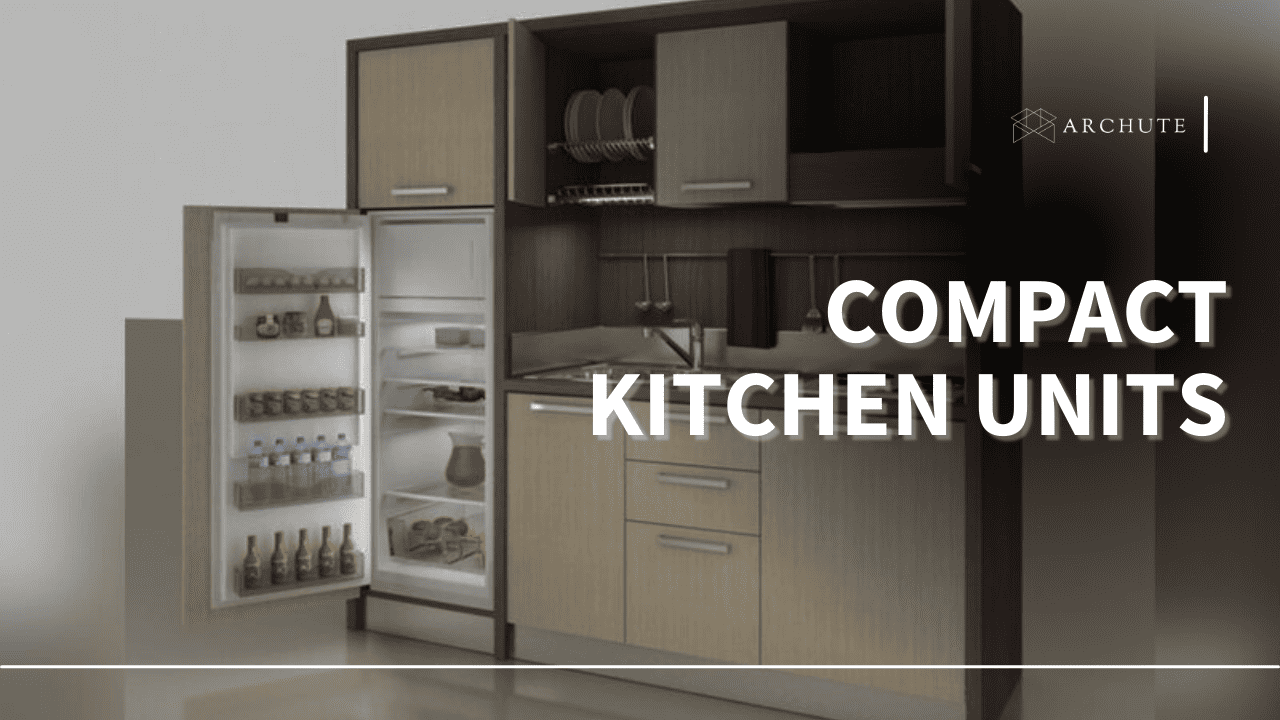

:max_bytes(150000):strip_icc()/sink-oven-and-shelves-in-apartment-kitchen-500045561-5887d5fc3df78c2ccd9ff4f3.jpg)
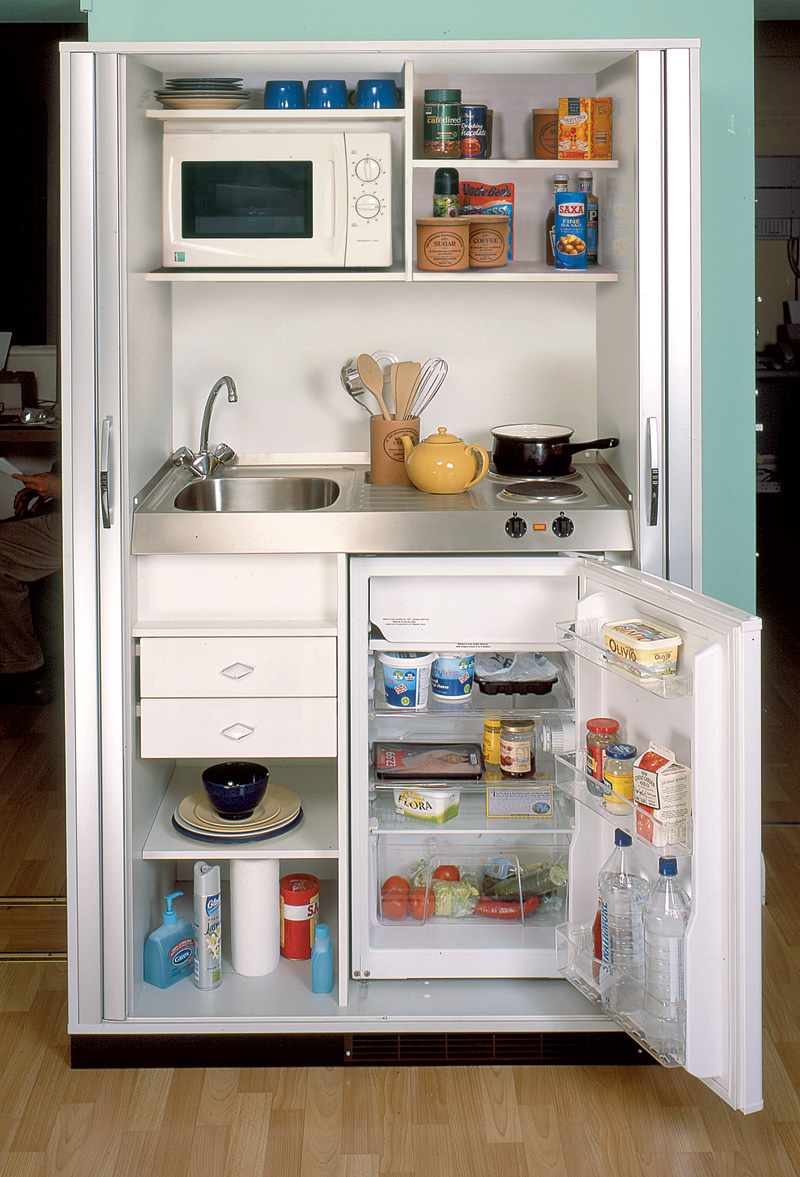
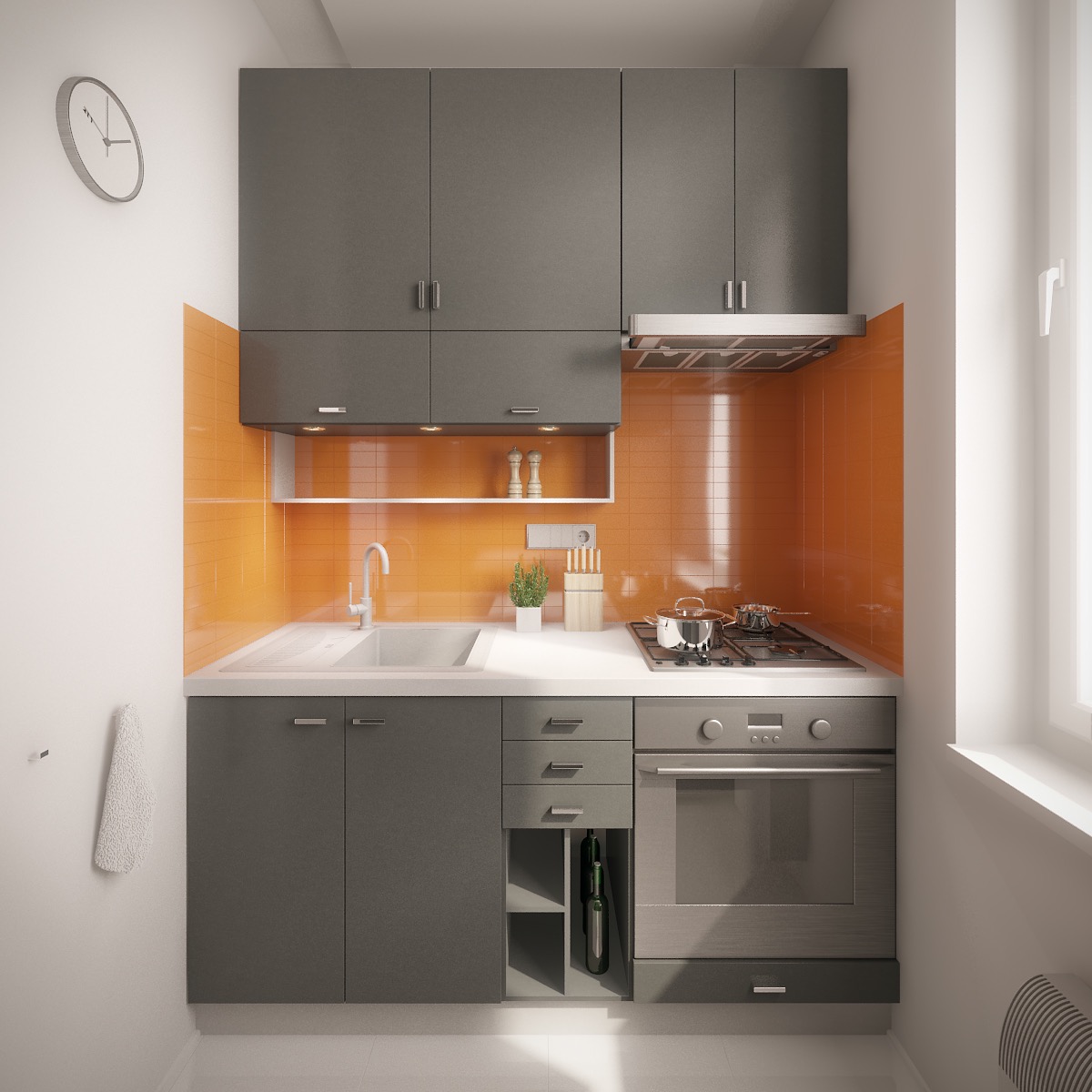
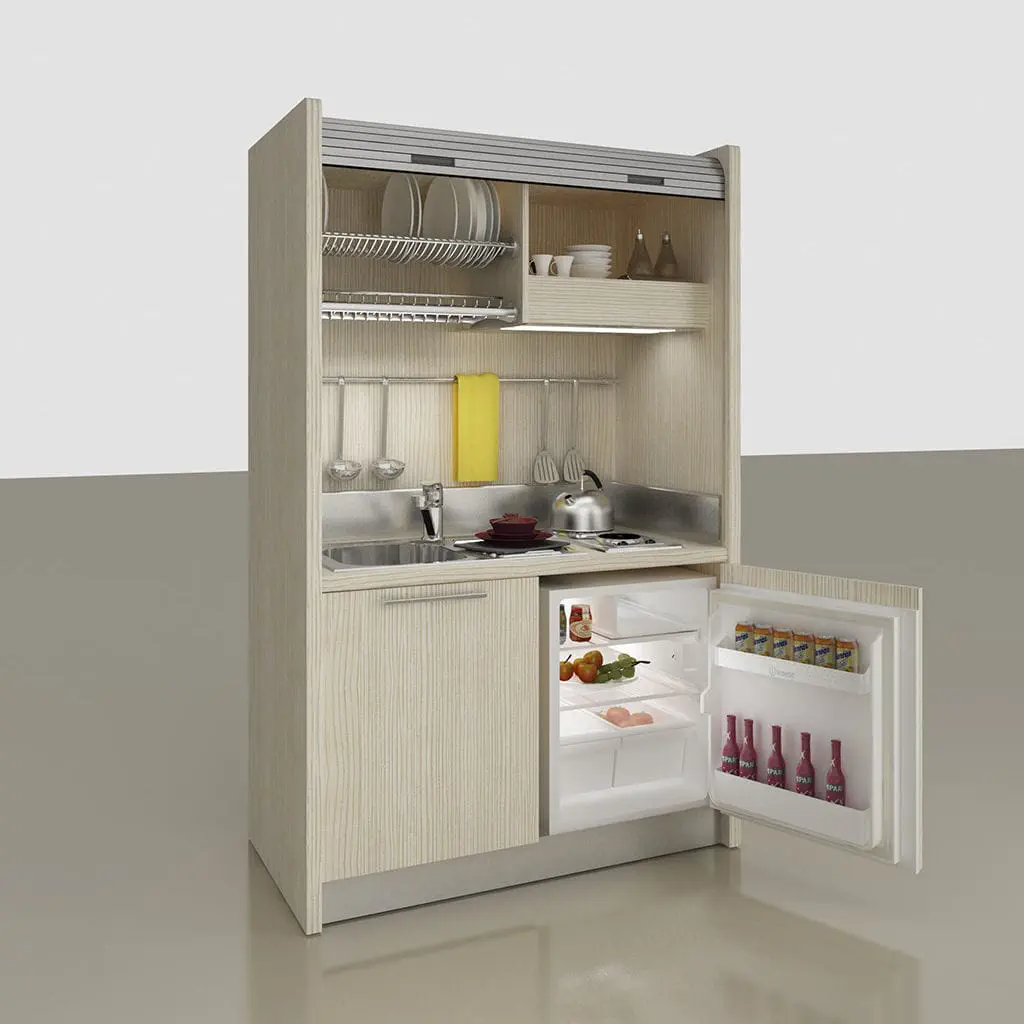
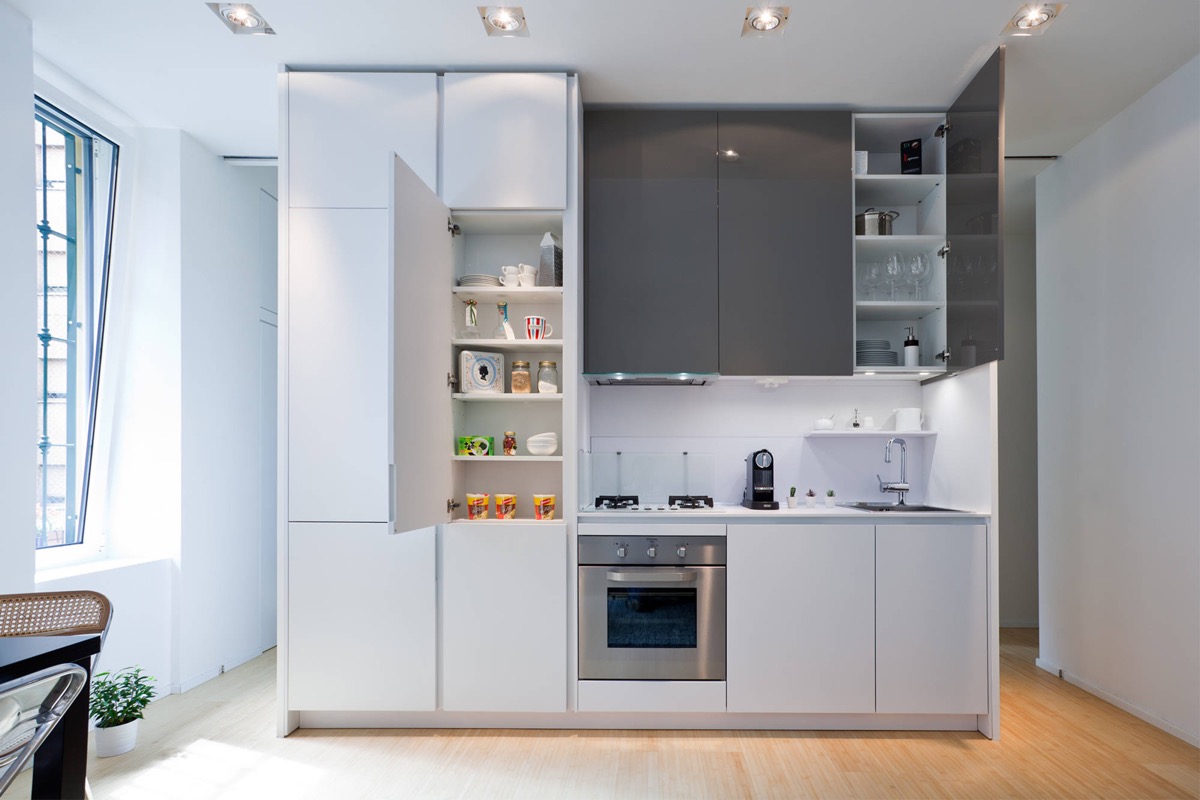
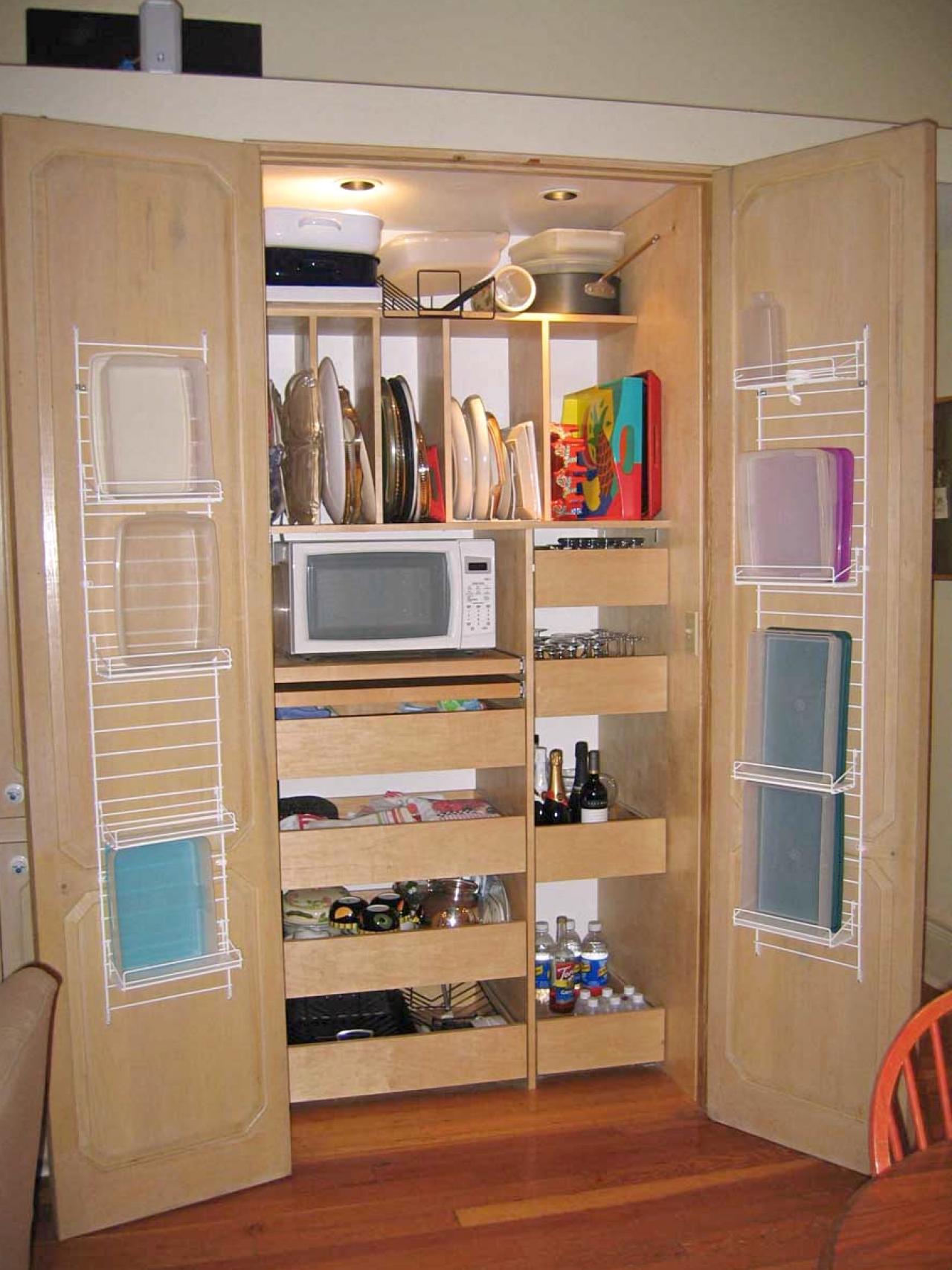
:strip_icc()/blue-cabinets-kitchen-pantry-103292142-c74ff1d7e5f0456d9032b27576a5ecb9.jpg)

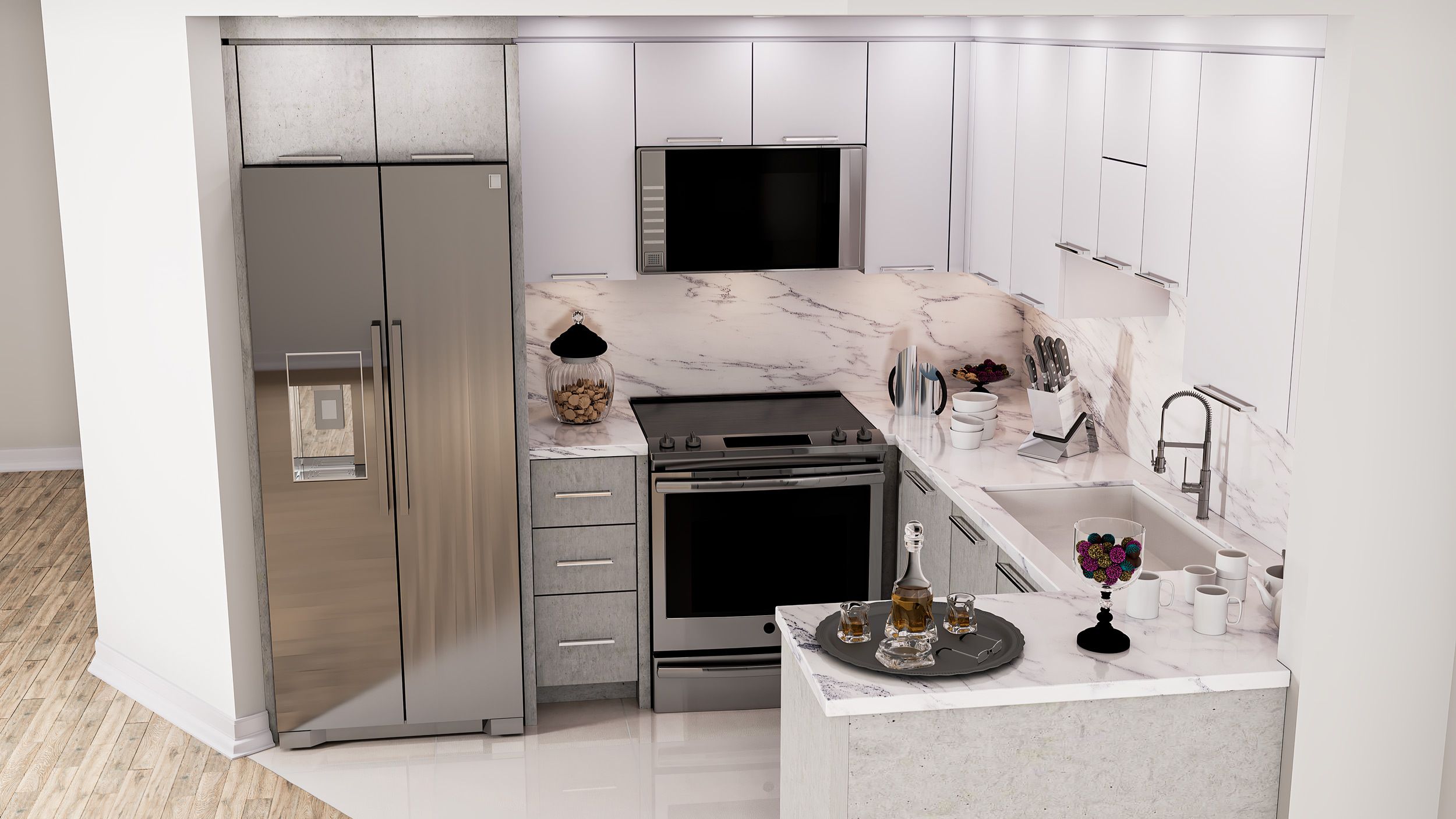

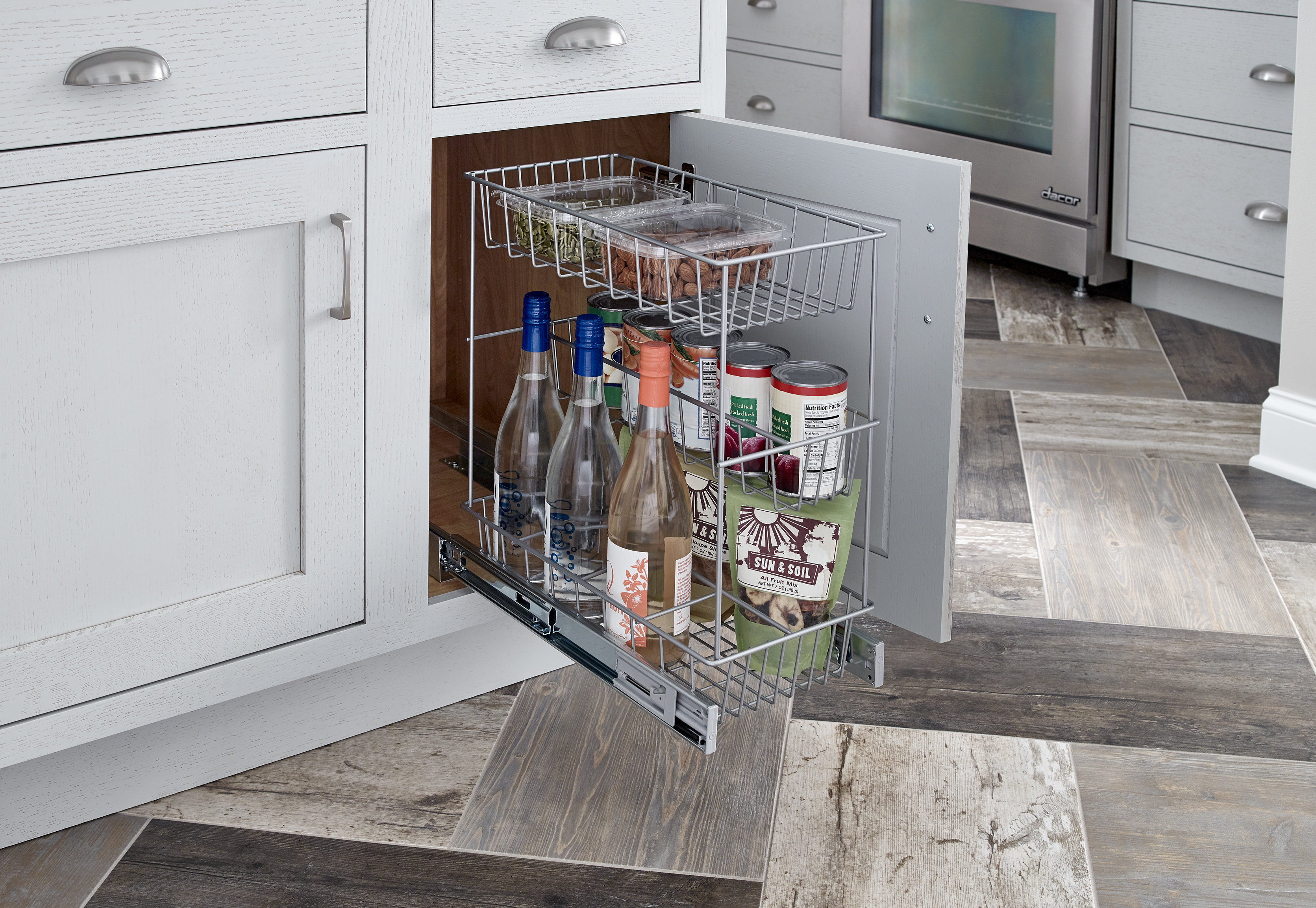
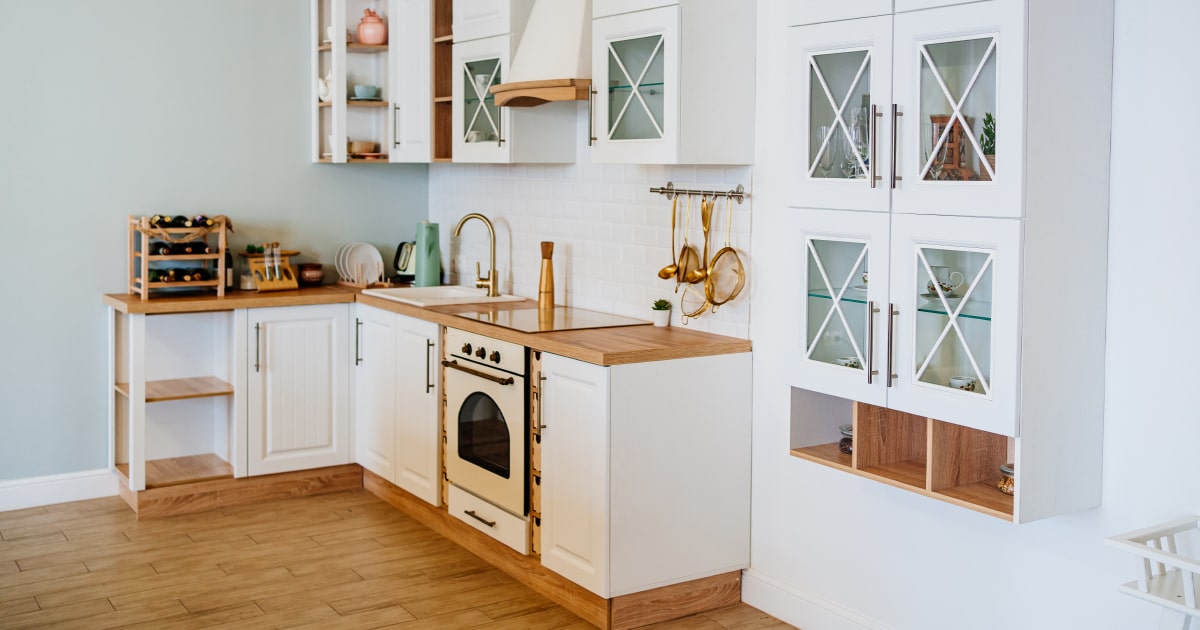

:strip_icc()/ikea-kitchen-ideas-2-anne-sage-monica-wang-photo-c74c2043a88243d7bbe916f9acafe1be.jpg)
